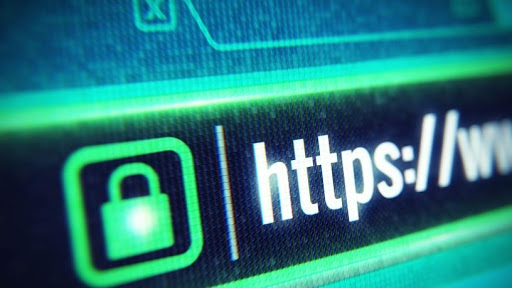In recent years, web browsing privacy has become a hot-button issue. As companies collect more and more data on users, it can feel like our every online move is being tracked. Fortunately, users can take steps to browse the web more securely. By following a few simple tips, you can browse the web with much more peace of mind.
Here are five tips to help you stay safe online:
- Use a secure browser.
The internet can be a scary place. There are hackers and data thieves everywhere looking to steal your personal information. But there are ways to protect yourself. One of the best ways is to use a secure browser.
There are many different secure browsers out there, but they all have one thing in common, they encrypt your data to keep it safe from prying eyes. They also generally have other security features, like blocking third-party cookies and preventing tracking.
Some browsers, such as Google Chrome and Mozilla Firefox, have built-in security features that help protect your information from online threats. Others, such as Opera and Microsoft Edge, are less secure and may put your data at risk.
So if you want to keep your browsing safe and private, use a secure browser. It could just save you from a world of hurt.
- Keep your software up to date.
If you want to browse the web securely, keeping your software up to date is necessary. That means ensuring your operating system, web browser, and other programs are updated with the latest security patches.
One reason to keep your software up to date is that new security vulnerabilities are constantly being discovered. If you’re using an old program version, there are known security holes that criminals can exploit. By keeping your software up to date, you can close those holes and make it much harder for someone to break into your computer.
Another reason to keep your software up to date is that new features and improvements are constantly being released. Not only do these new features make your browsing experience better, but they also often include security enhancements that can help keep you safe online.
- Use a VPN.
Using a VPN is a great way to browse the web securely. A VPN, or Virtual Private Network, encrypts your traffic and routes it through a server in another location, making it difficult for anyone to track what you’re doing online.
There are many VPN providers out there, and they all have different features and pricing plans. Some are better for streaming video or accessing geo-blocked content, while others focus on privacy and security.
To get started with a VPN, you’ll need to sign up for an account with a provider and install their software. Many providers also offer browser extensions, like the Firefox “VPN Unlimited” extension. VPN extension firefox makes it easy to get started.
Ivacy VPN is a great way to browse the web securely. It’s a VPN extension for Firefox that encrypts your traffic and hides your IP address. Ivacy VPN also lets you access geo-blocked content and bypass government censorship.
- Use two-factor authentication.
Two-factor authentication, also known as 2FA, is an extra security layer used to verify your identity when logging into an account. In addition to your username and password, you will need a second factor, such as a code from a text message or a fingerprint scan.
2FA helps to prevent unauthorized access to your accounts by requiring two pieces of information before granting access. It makes it more difficult for hackers to access your accounts, as they would need both your login credentials and the second factor.
If you are looking for an extra layer of security for your online accounts, consider using two-factor authentication.
- Be careful what you click on.
Always be wary of any links that seem too good to be true. If an offer looks too good to be true, it probably is. Second, pay attention to the URL of the website you’re on. If it looks suspicious, it might be a fake website designed to trick you into giving away your personal information. Always visit HTTP websites.
And don’t click on any links or attachments from people you don’t know. These could contain malware or viruses damaging your computer or stealing your personal information.
You can do a few simple things to protect yourself from these risks. First, make sure that you have a good antivirus program installed on your computer. It will help to protect you from many of the most common threats.
Finally, remember that even if a website looks legitimate, it may still be dangerous.
Conclusion:
In conclusion, to browse the web securely, consider using a VPN service to encrypt your traffic and hide your IP address. Additionally, make sure to only connect to HTTPS websites and be aware of phishing scams. Finally, keep your software up to date to ensure you have the latest security patches. By following these steps, you can browse the web more securely and protect your privacy.
